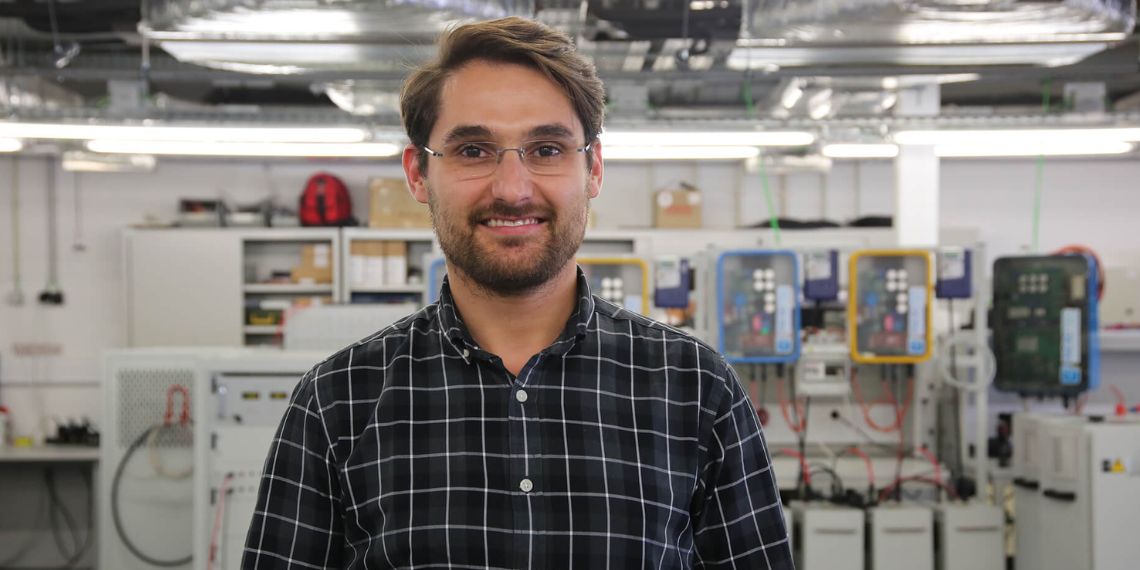INESC TEC is developing unique software, at a global level, that probabilistically and comprehensively simulates the management of water resources, considering surpluses in wind and solar generation in terms of security of supply assessment. The PS-MORA is in the final phase of testing and validation towards operating on REN’s servers by the end of 2024. The role of this software is vital to the expansion of the National Electric System, and the plan is to keep improving it during the integration of new resources, e.g., production of green hydrogen.
To address the challenges of integrating renewable energy sources into power systems and considering the importance of water production in mainland Portugal, this software allows for the simulation of commercial energy exchanges between producers and consumers located in different areas. PS-MORA performs a chronological analysis, which consists of the simulation of interconnected systems over time, with the objective of estimating risk indicators associated with Loss of Load Expectation – (LOLE).
But how did we get here? INESC TEC researcher Leonel Carvalho explained: “the beginning of this project dates back to 2006, from a partnership established between INESC TEC and the Portuguese and Spanish transmission operators (REN and REE, respectively), aimed at quantifying the levels of operational reserve in the Iberian power systems in the medium and long term, according to a scenario of high integration of renewable energies. At the end of the study, in 2009, a request was submitted to develop a software based on the methodology used, called RESERVAS – which is used to date to monitor the National Electric System’s security of supply. We then expanded the RESERVAS model to the PS-MORA model, establishing a new project with REN, in 2016”.
Imagine the following scenario: In Portugal, we have three interconnected areas. Area A has greater production capacity than its consumption (surplus), Area B produces what it consumes (balance), and Area C has less production capacity than its load (deficit). PS-MORA simulates the transfer of surplus energy from Area A to Area C, through the transmission network that interconnects the three of them, ensuring that all demand is met. These simulations evaluate the joint operation of the electrical systems in each place, every hour and throughout the year, considering different hydrological regimes
Hence, it is possible to simulate possible failures in electricity supply, either due to lack of energy resources or electricity transmission capacity, as well as to identify the most appropriate corrective actions, ensuring greater reliability of power systems, and optimising the use of renewable sources, water resources and available storage.
“The software engine is the Monte Carlo Chronological Simulation method, recognised for its flexibility, which allows us to include the spatial-temporal uncertainties of power systems, e.g., wind production, solar production and consumption. The ability to simulate the operation of these systems following a chronological order allows the correlation of events and the estimation of risk indicators, being especially indicated in the case of complex systems with stochastic behaviour. This type of approach, extremely demanding when it comes to computing resources, led to the creation of a version with a distributed architecture, aimed at server clusters. The PS-MORA model is currently an integral part of REN’s assets, making it possible for INESC TEC to use this software for research and development of new concepts, continuously increasing its capacity and applications “, explained Leonel Carvalho.
The collaboration with REN has enabled the development of several technological and scientific contributions. In addition to the software itself, this project allowed the training of several employees, namely in terms of power systems’ reliability assessment and software development.
The researcher mentioned in this news piece is associated with INESC TEC.



 News, current topics, curiosities and so much more about INESC TEC and its community!
News, current topics, curiosities and so much more about INESC TEC and its community!